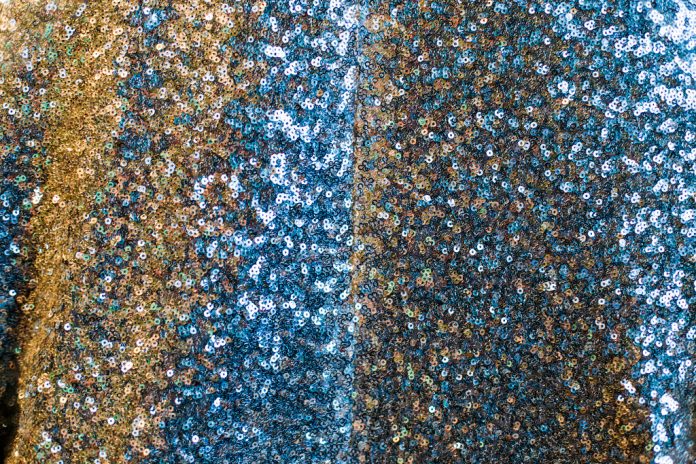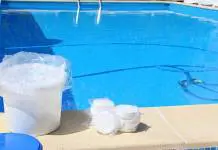
Environmental scientists are calling for stricter regulations on microplastics across different industries, just as the height of the holiday season approaches and more people are prone to use products like glitter as festive decorations thinking it is harmless. In fact, it can affect animals and us when we consume them.
A study carried out by Professor Richard Thompson found that traces of plastic were found on a third of all fish surveyed on a U.K. sample. Dr. Trisia Farrelly of Massey University also believes that all forms of microplastic should be banned, including glitter.
The movement has gained momentum among British environmentalists, who recently claimed a big victory when a group of nurseries in southern England agreed to ban glitter for the sake of children’s health and ecological conscience. There are even more serious concerns to support microplastic regulation, scientists warn.
Glitter, the ultimate supervillain of the craft and makeup world, could also be dangerous for the environment, scientists say https://t.co/mIWqMdCTYf pic.twitter.com/8b7IIW9O9o
— CNN International (@cnni) November 30, 2017
Glitter gets into fish and can cause diseases in humans
When people hear the word microplastics, the last thing they would think about is glitter. In fact, many people do not know that glitter is made out of plastic. As a result, they are also unaware of the real, harmful effect that these extremely small pieces of plastic can have in the environment.
Scientists like Dr. Farrelly warn, though, that all of these pieces smaller than 5 millimeters in length are actually consumed by marine animals ranging from plankton to whales, and that the amount of it there is in the ocean is just massive. Some estimate there are more than 50 trillion microplastic fragments floating around.
Thus, their size, abundance, and often bright colors or sparkly properties often call the attention of all sorts of animals, who consume them in spite of the danger it represents to their system. When fish eat glitter, for example, they also consume chemicals that can, in turn, lead us to develop cancer when we eat fish.
Scientists want glitter to follow microbeads’ ban
The problem of microplastics in the wild, and in the ocean, in particular, is well documented. This is why some firms have willingly taken a step forward to stop using such materials in their products, and why governments like the United Kingdom have imposed bans on some types of plastic fragments.
For instance, in 2018, all products containing microbeads will be banned in Great Britain. These small particles can be seen in everything from hand sanitizer passing through toothpaste, shampoo, and more. They have no ulterior purpose other than to provide a sense of greater product effectiveness when they actually do nothing to enhance it.
Researchers and the fraction of the science community who still fights for environmental causes expect to reach concrete objectives toward the ban on glitter on the island. Some industry leaders believe that, as with other ecological fights, they will win this one too.
Source: The Independent











